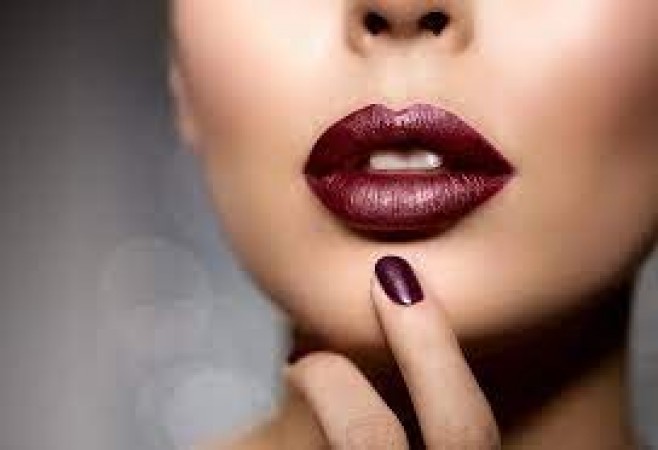
Lipstick, a quintessential component of many individuals' beauty routines, has long been celebrated for its ability to enhance one's appearance and boost confidence. However, while a swipe of lipstick can instantly elevate a look, it's essential to be aware of the potential drawbacks associated with its excessive use. In this article, we'll delve into the less glamorous side of lipstick, uncovering its disadvantages that every beauty enthusiast should know.
Before delving into its disadvantages, let's first understand what lipstick is and its primary components. Lipstick is a cosmetic product applied to the lips to add color, texture, and sometimes protection. It typically contains a mixture of waxes, oils, pigments, and emollients, all formulated to provide color and moisture to the lips.
Lipstick holds a special place in the world of cosmetics for several reasons:
While lipstick offers numerous benefits, excessive or prolonged use can lead to various disadvantages and potential health concerns. Let's explore some of the most significant drawbacks:
Frequent application of lipstick, especially formulas high in pigment and low in moisturizing ingredients, can contribute to dryness and chapping of the lips. This is particularly common during colder months or in arid climates.
Some individuals may be sensitive or allergic to certain ingredients commonly found in lipstick formulations, such as fragrances, dyes, or preservatives. Allergic reactions can manifest as redness, itching, swelling, or even blistering of the lips.
Many conventional lipsticks contain potentially harmful chemicals, including lead, parabens, and phthalates, which have been linked to various health concerns, including hormone disruption and toxicity. Prolonged exposure to these chemicals through repeated lipstick application may pose risks to overall health.
Certain lipstick formulas, particularly those with intense pigmentation or long-wearing properties, can leave stubborn stains on the lips, surrounding skin, and even clothing. Additionally, lipstick may smudge or transfer onto surfaces, leading to potential messiness and inconvenience.
Constantly wearing lipstick may result in the transfer of color onto items that come into contact with the lips, such as drinking glasses, utensils, or clothing. This transfer can be particularly noticeable with bold or dark-colored lipsticks and may require frequent touch-ups to maintain a polished appearance.
Throughout the day, it's not uncommon for individuals to inadvertently ingest small amounts of lipstick, especially during activities such as eating, drinking, or licking the lips. While most lipsticks are formulated with ingredients considered safe for external use, the repeated ingestion of these substances raises concerns about long-term health effects.
Despite its disadvantages, lipstick can still be enjoyed safely by following these tips:
While lipstick undoubtedly has its allure and benefits, it's essential to be mindful of its potential drawbacks, especially with excessive or prolonged use. By understanding the disadvantages associated with lipstick and adopting safe usage practices, individuals can continue to enjoy this cosmetic staple while prioritizing their health and well-being.
If you are defrauded through call, message or WhatsApp, then complain here
New way of smuggling gold ... Amul butter used
After all, on what matter did the father bring himself down with the children to death?